Fisht Olympic Stadium
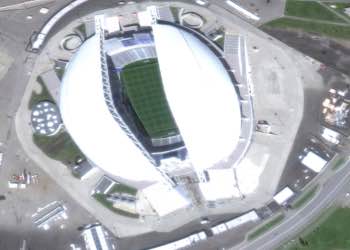
Of all of the stadiums used for the FIFA World Cup in Russia in 2018, the Fisht Olympic Stadium is arguably the one with the most interesting story attached to it. It was originally built with the specific purpose of being used for the opening and closing ceremonies of the 2014 Winter Olympic Games, which is where it gets its name from. When Russia won the right to host the 2018 World Cup it was decided that the stadium could be used as one of the venues for World Cup matches. It was also used in the 2017 Confederations Cup as something of a ‘practice’ ahead of 2018.
One of the most interesting things about it is that it is not the home of any particular football team. Unlike most stadiums, which are built with the aim of hosting a club, Fisht Olympic Stadium had no aim other than hosting the major tournaments that Russia was awarded. There were plans for a Russian First Division side named FC Zhemchuzhina-Sochi to move into the ground, but the club was dissolved in 2013 so those plans were scrapped. Instead the Russian national side uses the ground as a training venue. It’s also rumoured that the local Formula 1 track might end up running through it.
Stats
| Fisht Olympic Stadium Stats | |
|---|---|
| Year Opened | 2013 |
| Capacity | 47659 |
| Average Attendance | 30472 |
| Record Attendance | 37923 (Germany v Mexico (2017)) |
| Pitch Size | 105 x 68 (7140) |
| Nickname | Stadion Fisht |
| Owner | Government of Russia |
| First Fixture | Russia v Belgium (28/03/2016) |
Fisht Olympic Stadium Photos
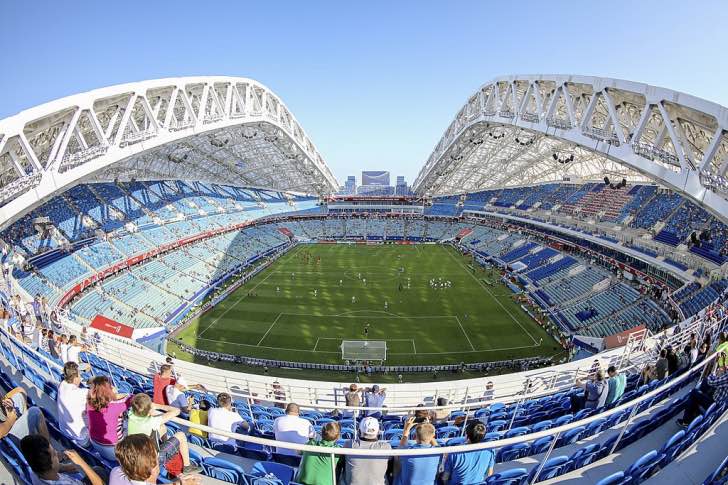
By Эдгар Брещанов (https://www.soccer.ru/galery/995258/photo/652541) [CC BY-SA 3.0
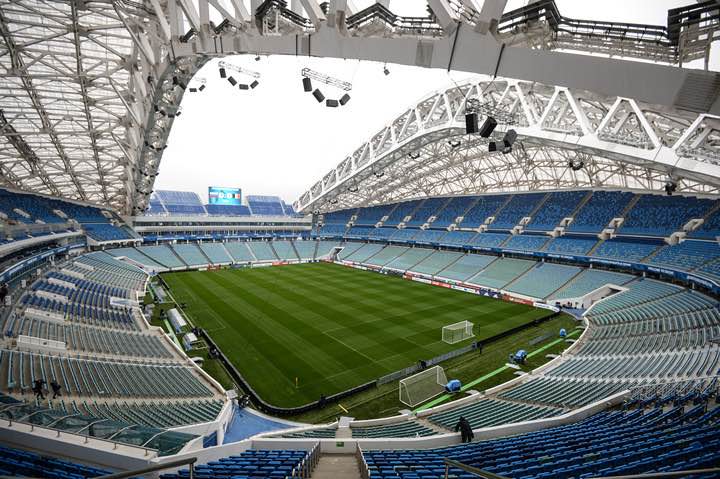
RIA Novosti archive
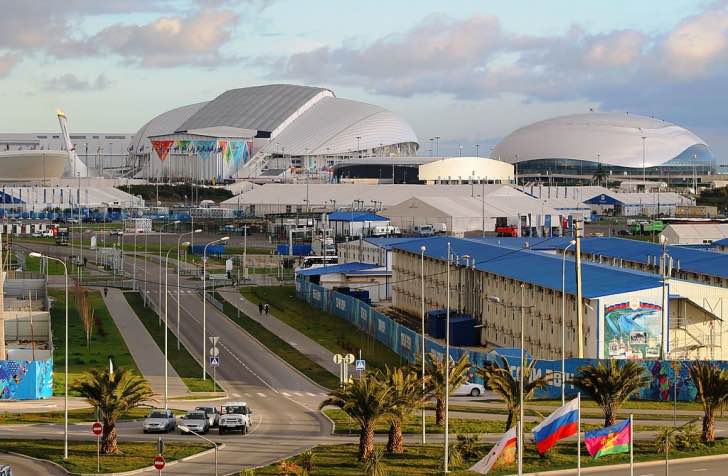
By SKas (Own work) [CC BY-SA 4.0]
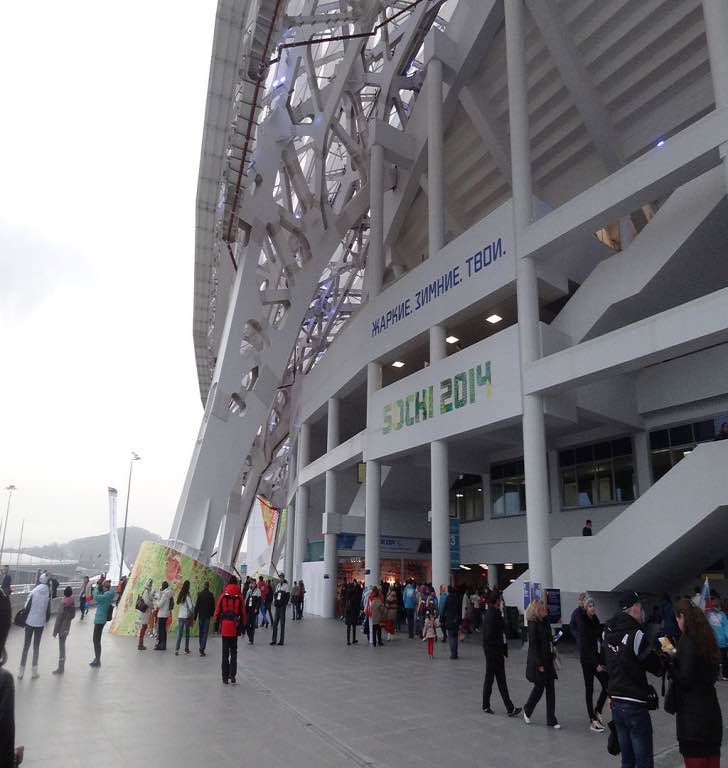
By Ivanaivanova (Own work) [CC BY-SA 3.0]
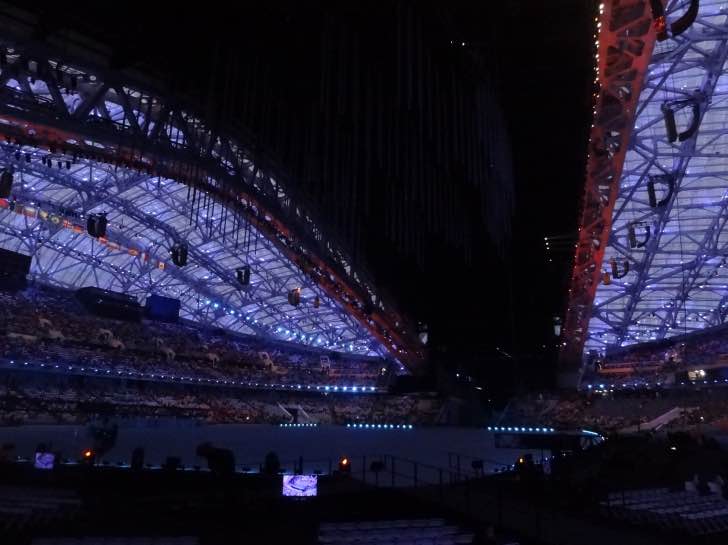
By Ivanaivanova (Own work) [CC BY-SA 3.0]
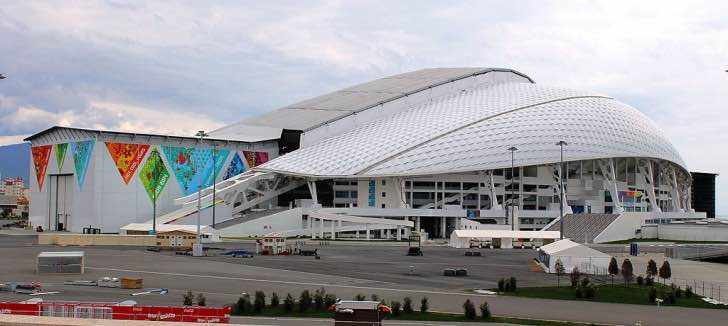
By SKas (Own work) [CC BY-SA 4.0]
Fisht Olympic Stadium Seating Plan and Where to Sit
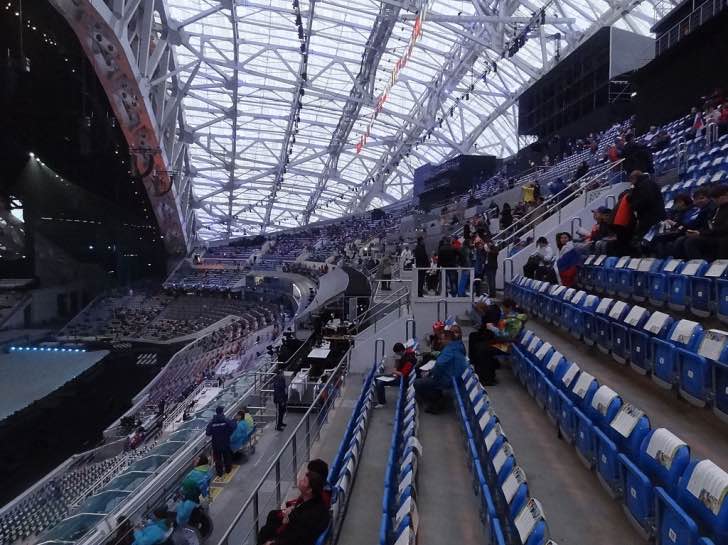
The Fisht Olympic Stadium is designed as a continuous bowl of seating, with two tiers throughout. The tiers are separated in some pats of the ground by a row of executive boxes.
Getting To Fisht Olympic Stadium
Train – It would take you just shy of three hours to travel from London to Sochi by train. Some might see that as an adventure, others an absolute nightmare. Regardless, once you’re in the city you’ll have two choices of train stations to look out for, with Olympic Park being the closest and Olympic Village being slightly further away. A large number of commuter trains stop at both.
Bus – Buses 57k and 125s both stop at Fisht Arena Bus & Coach Station, which is opposite the ground. If you want to travel there by bus, then, they’re the ones to look out for.
Car – The A-147 is the main road that runs past the Olympic Stadium, so that’s the one you’ll be looking for if you’re driving.
By Air – Sochi International Airport is the closest to the city of Sochi, located as it is around twenty miles or so from the centre.
Taxi – A taxi from close to the centre of Sochi out to the stadium will cost you in the region of 730 Rubles and will take about forty minutes to complete its journey.
Parking Near Fisht Olympic Stadium
There are numerous parking areas around the entire Olympic Village area, so you are unlikely to struggle to find somewhere to leave your car if you drive to the stadium.
Useful Resources
Fisht Olympic Stadium Hotels
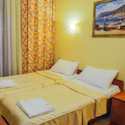
Art-hotel Poruchik Rzhevsky - £80+
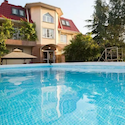
Mini-hotel Art - £90+
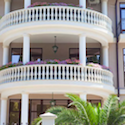
Dubai Hotel - £100+
Pubs and Bars Near Fisht Olympic Stadium
Baden-Baden
Dobry Ale
Stargorod
Hospitality

There are a number of hospitality areas within the stadium, mostly located between the two tiers that run along the side of the pitch and in certain seated sections. At the time of writing there’s also a tented area outside of the stadium where some hospitality hosting takes place before people move to luxurious seating inside the ground.
Private Hire
It’s typical for stadiums to offer their hospitality sections for hire for events, so if this is something that you’re interested in and your Russian is good then you could get into touch with the club and see what they say.
Stadium Tours & Museum
At the time of writing there are no official tours of the stadium available, though you might be able to do an unofficial tour of the old Winter Olympic venues that includes at least a passing by of the Fisht Olympic Stadium.
Fisht Olympic Stadium History
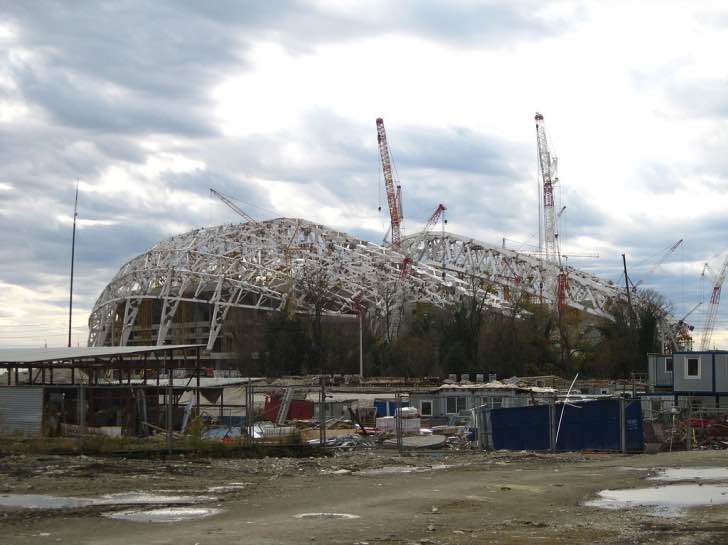
Named after Mount Fisht in the Caucasus Mountains, Fisht Olympic Stadium was originally an enclosed venue when it was used for the Winter Olympics and Paralympics in 2014. It closed not long after the end of the Olympics and was re-designed to make it ready for the purpose of hosting football in the 2017 Confederations Cup and the 2018 FIFA World Cup. It re-opened in 2016 but by that point it had been converted into an open-air stadium. When it was closed over the roof was intended to look like the snowy peaks of the mountain range the ground was named in honour of.
It cost in the region of £500 million to build the venue, which is money that was well spent if you believe in the importance of making history. It is the only stadium in the world that has hosted Olympic events, Confederations Cup football and World Cup matches. The only ground that comes close is the Stadio Olimpico in Italy, though that hasn’t hosted the Confederations Cup. The Central Bank of Russia commemorated the ground in 2013 when it released a 100 Ruble note that had the Fisht Olympic Stadium on one side and a snowboarder on the other.
Future Developments
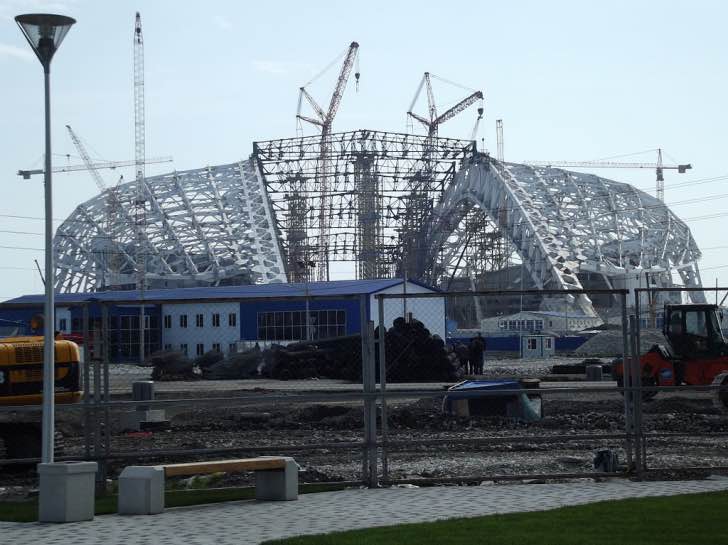
Given that the stadium was re-designed for the Confederations Cup in 2017, it’s about as modern a football ground as you’ll find. As such, there are not many alterations that are likely to happen to it any time soon, though it’s entirely possible that some cosmetic changes will take place when necessary.
